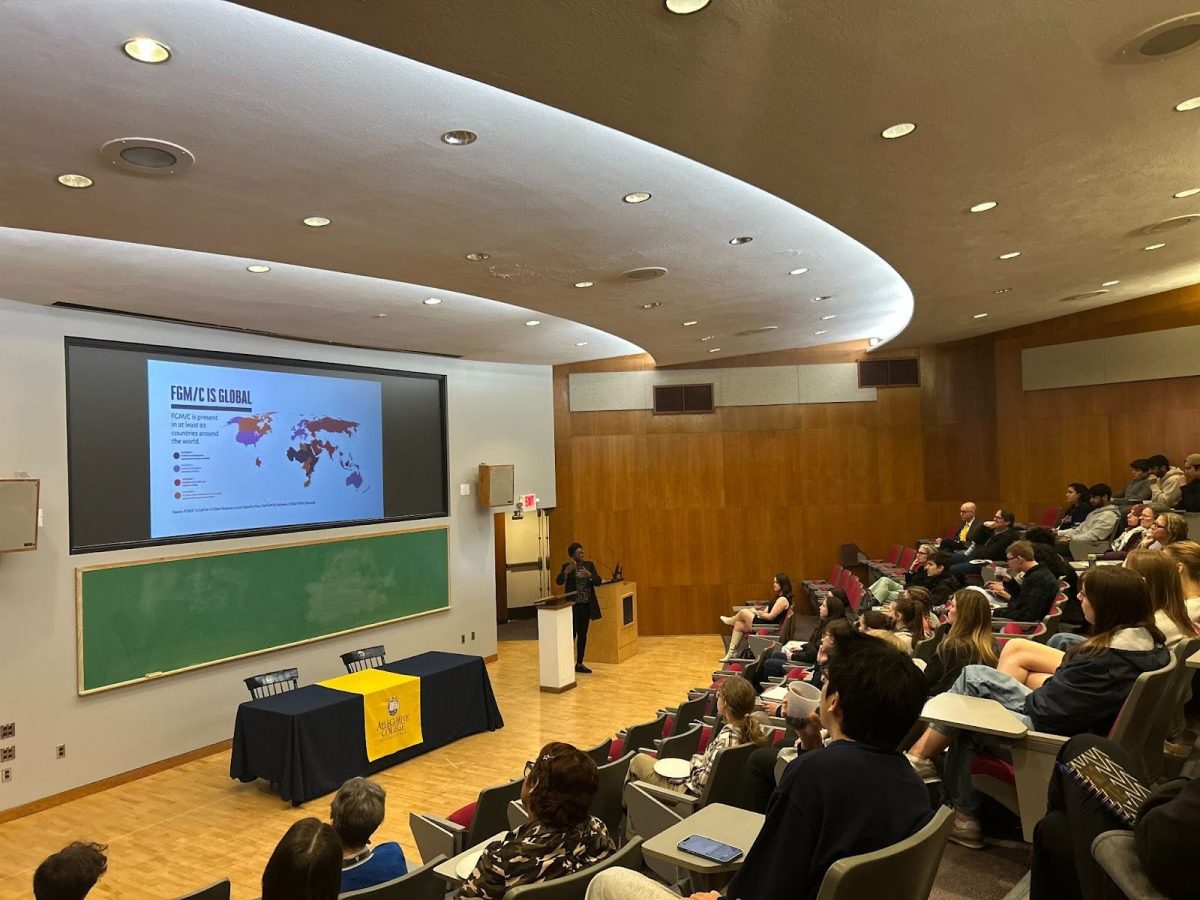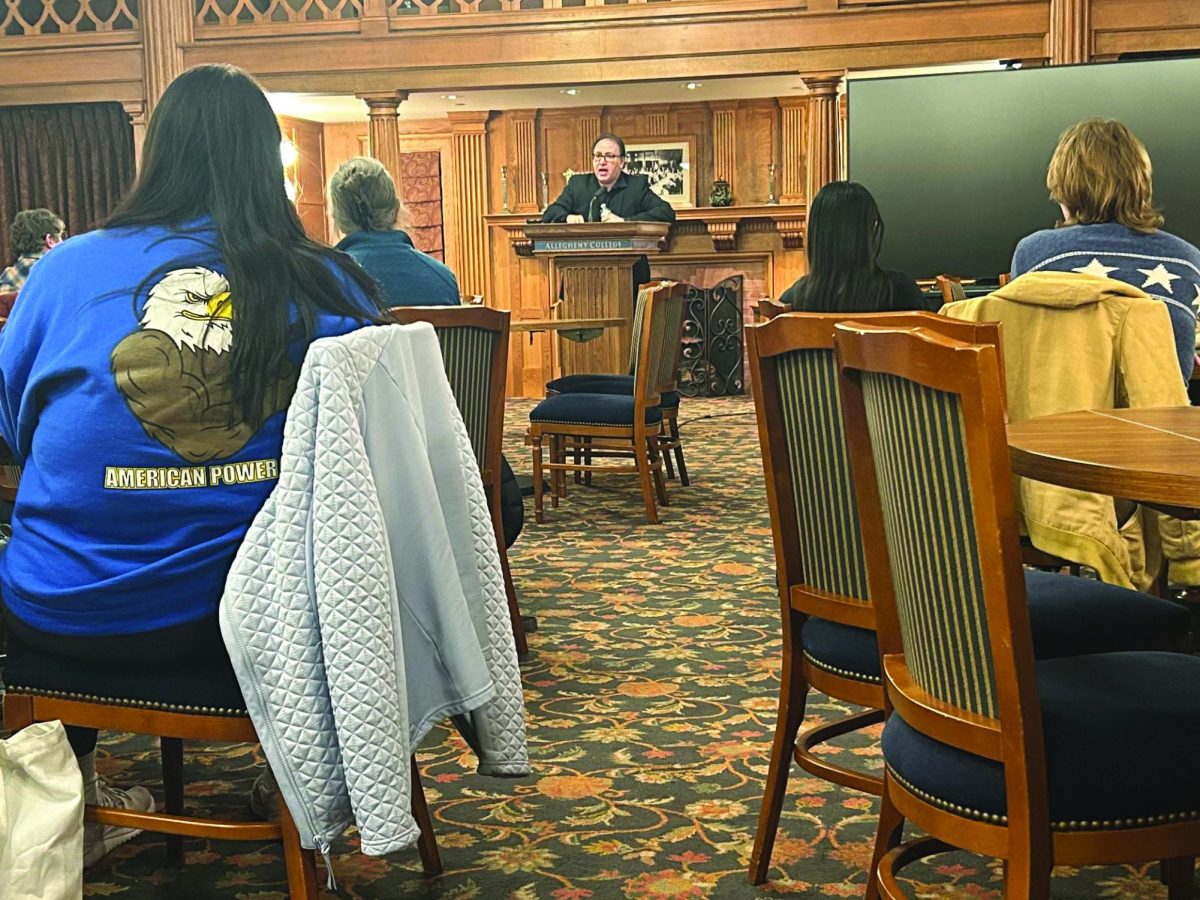By RACHEL GIESEL
Staff Writer
gieselr@allegheny.edu
Daniel Gansle’s book, 2012: Day of Reckoning, details nearly every aspect involving Dec. 21, 2012, a date which has become infamous because it marks the end of the Mesoamerican Long Count Calendar associated with the ancient Mayan civilization. From explaining why people question what will happen on the date, to examining scientists’ and philosophers’ theories about the apocalypse, this book acts as a guide to the ill-fated day.
The amount of time and research Gansle put into this book allows him to give an expert account of the theories of 2012.
Gansle immediately catches readers with engaging fiction detailing what Mayan life may have been like, but also provides all the facts. Readers learn everything about the ancient Mayans, from their location and cultural lifestyle, to how they created the codices – three books that have survived since pre-Columbian Mayan civilization and are the only resources modern-day historians have to study the Mayans.
Although this section focuses on the past, it allows readers to make accurate judgment on the future of 2012 based on the Mayans’ beliefs and practices regarding time, such as their complex calendar, which connected space with the movements of astronomical objects.
After reading this section of the book, I didn’t realize how little I knew and how many misconceptions I had about this ancient culture. The information wasn’t vital to my understanding the concept of 2012, but these facts were fascinating and helpful for a deeper understanding.
After he explains Mayan culture, Gansle details various theories of what may happen in 2012.
These theories vary widely; while some are quite believable, others are just plain ridiculous.
Each one is described with evidence and reasoning, leaving it up to the reader to determine which are actual possibilities.
Gansle seems to examine every possibility, exploring everything from UFOs to the Earth’s collision with a planet called Nibiru, or Planet X, to the dawning of a new age in which people would experience a shift in their global consciousness.
Although his beliefs are highly religious, the author doesn’t let his personal opinions interfere with the facts. I appreciated that he was able to separate personal and professional criticism while still getting his points across.
All of the theories presented forced me to reevaluate the potential truth, even the ones I thought were ridiculous. My personal favorite was the New Age Movement, a theory that states where the Earth will have an awakening that brings about a new, peaceful, conscious attitude, or at least that’s what I would like to happen.
Other theories proposed potential threats, such as our sun going through a cycle of extreme solar activity next year, causing solar flares to attack our Earth.
Others explore how the age of oil is ending and could induce an energy crisis, technology is increasing to the extent that cloaking and brain control may be possible. Then there’s always the possibility of aliens, of course.
Multiple times while reading this book, I was tempted to wake up my roommate and say, “Guess what I just found out!”
Gansle likes to keep the reader questioning his or her own beliefs and opinions about 2012 while distributing the facts of all the theories. The constant, repetitive questions directly ask the reader if the current theory could be true.
The book’s haunting message sparked my curiosity to pick up this book in the first place.
He reminds the reader that what will actually occur in 2012 remains unknown and inspires readers to make a decision and question their previous values.
This book is valuable for those that are curious about discovering more on the potentials of what may happen next year. It will keep you up in the middle of the night, fearful yet excited about the future.







